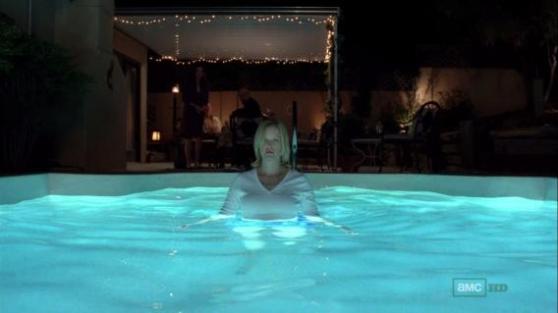While I’m fortunate enough to spend my last two weeks of undergrad writing about television, we can’t all be so lucky. Here’s a collection of recent writings that can serve as enjoyable (and informative!) study breaks.
The Revolution Was Televised: The Conversation
Two of the most important television critics today, Matt Zoller Seitz and Alan Sepinwall, in conversation with each other about Sepinwall’s (fantastic) new book, The Revolution Was Televised. They discuss the change from television in the ’70s and ’80s to recent dramas, the television vs. movies debate, and what happened to the Russian, among other topics. It’s a conversation full of incredible insight from two writers who have immersed themselves in these questions.
Less about television, but with the distinctions being blurred (e.g. screening television series at film festivals) this examination from Jane Hu about the heightened use of Twitter for criticism is spot on. I especially like her acknowledgment of the “work/play” boundary that critics tend to ignore on their Twitter – evident also in Chris Becker’s Good TVeets, a weekly collection of the best and funniest Twitter commentaries about television events.
Tom and Lorenzo’s Mad Style
As someone who loves both Mad Men and obsessive fashion criticism, this weekly analysis is mecca. The writers pick apart screenshots of the characters and their outfits, and puts them into dialogue with the episode’s overarching themes. For a great interview with Janie Bryant, the show’s brilliant costume designer, there’s Vanity Fair.
What’s So Bad About Small-Stakes TV Shows?
Bullett makes a plea for the renewal of Bunheads, looking at the widening gap between “big” and “small” dramas on television. “Even if critics are willing to praise both the big and the small, the pro-bigness position, which rewards shows for breaking with the bad old TV of the past, is the one that’s been adopted by the more adventurous segment of the audience that’s fueling this golden age.” This case for finding quality in smaller-stakes shows is a great perspective – and I really would like to see another season of Bunheads.





